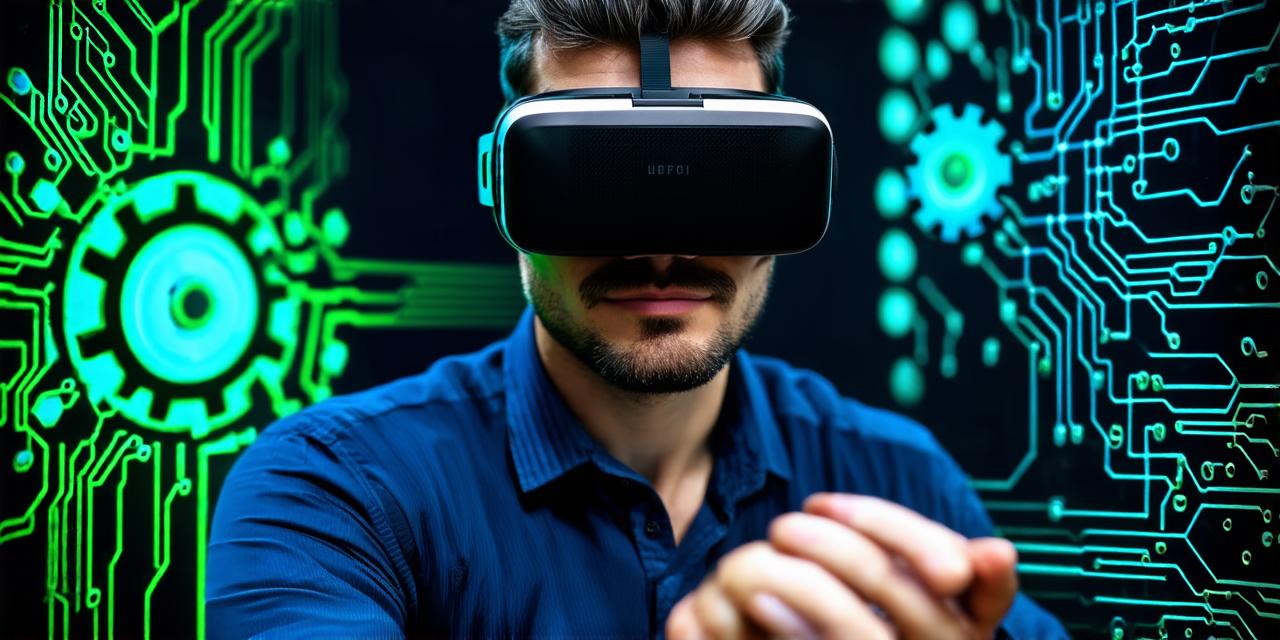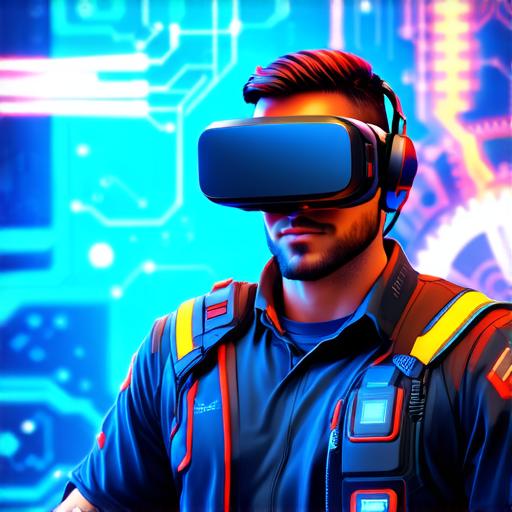
Ways to Become a Virtual Reality Developer

Virtual reality (VR) is a rapidly growing field with endless possibilities for innovation. As more people become interested in immersive experiences, there’s never been a better time to become a virtual reality developer.
With the right skills and knowledge, you can create interactive worlds that transport people into new dimensions and change the way we interact with technology. In this article, we will explore the steps required to become a virtual reality developer in 2023.
Step 1: Learn the basics
Before diving into VR development, it’s essential to have a solid foundation in programming. Start by learning the basics of popular programming languages like C++, Java, and Python. These are commonly used in VR development, and mastering them will give you a solid base to build upon. Once you’ve learned the basics, move on to more specialized VR development tools and frameworks like Unity and Unreal Engine.
Unity is one of the most popular VR development platforms, with a vast array of features and capabilities that make it easy to create immersive experiences. Unreal Engine is another widely used platform that offers advanced graphics and physics engine capabilities, making it suitable for creating more complex VR applications.
Step 2: Gain practical experience
The best way to become a virtual reality developer is by gaining practical experience. Look for opportunities to work on VR projects or participate in hackathons and other coding challenges. This will give you hands-on experience with VR development tools and technologies, as well as help you build your portfolio.
Building a portfolio of your work is essential when it comes to showcasing your skills to potential employers. Your portfolio should include screenshots or videos of the VR applications you’ve developed, along with explanations of how they work and what you learned during the development process.
Step 3: Join online communities
Joining online communities like Reddit’s r/VRDev, the Unity forum, and the VR Developers Group on Facebook can be a great way to connect with other virtual reality developers. These communities provide valuable resources and support, as well as opportunities to learn from others in the field. They also offer a platform to share your work and get feedback from other developers.
Step 4: Attend conferences and workshops
Attending conferences and workshops is a great way to stay up-to-date on the latest trends in VR development. These events provide opportunities to network with other developers, learn about new technologies and tools, and gain valuable insights into the industry. Some popular VR development conferences include the Virtual Reality Developers Conference, the VR/AR Summit, and the Unity Developer Conference.
Step 5: Keep learning
Virtual reality is a rapidly evolving field, and it’s important to keep learning and staying up-to-date on the latest developments. Read industry blogs, follow thought leaders on social media, and take online courses to continue your education. Some popular VR development courses include Udemy’s Virtual Reality Development with Unity, Coursera’s Virtual Reality Specialization, and LinkedIn Learning’s Virtual Reality Fundamentals.
Continuous learning is essential when it comes to staying relevant in the rapidly evolving field of virtual reality. Keeping up with new technologies and tools will help you stay ahead of the curve and create more innovative VR applications.
In conclusion, becoming a virtual reality developer requires a strong foundation in programming, practical experience, and a commitment to lifelong learning. By following these steps, you can gain the skills and knowledge needed to create immersive VR experiences that will change the way we interact with technology. With the growing popularity of VR, now is the perfect time to pursue this exciting career path.


